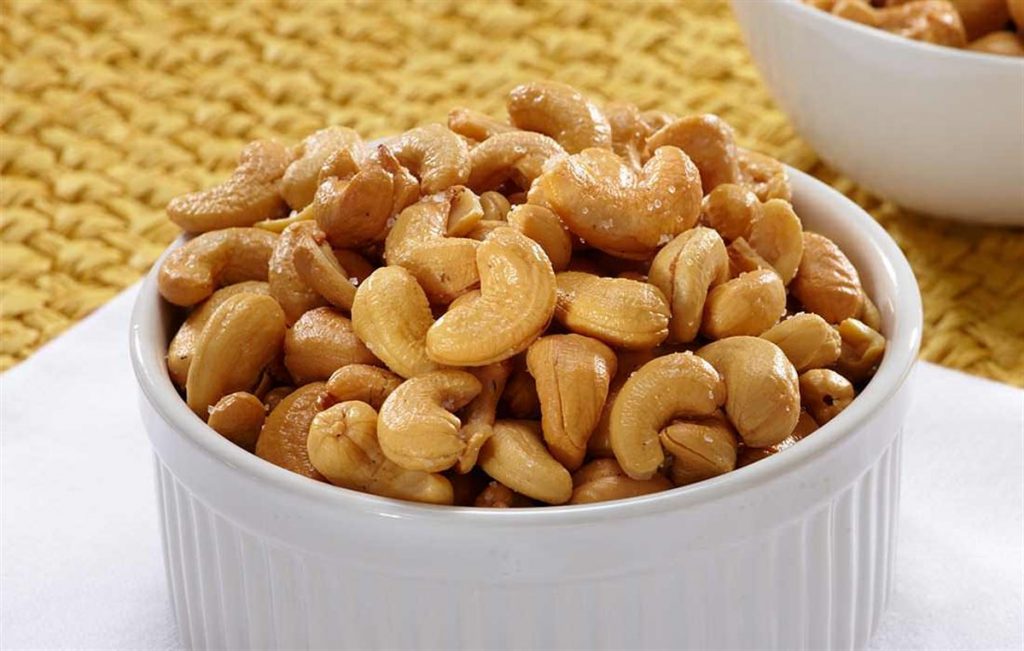cashew

When the Portuguese invaded Brazil in the early 16th century, they also discovered the cashew tree. Portuguese sailors carried cashew seeds from Brazil to the west African coasts and enabled the Portuguese who first settled in these lands to cultivate it there. The rainy and humid equatorial climate is very suitable for the spread of the cashew tree. Due to its climate, the cashew tree adapted easily to the west African coasts and began to spread rapidly. It has spread from countries such as Gabon, Angola and Namibia on the west coast of Africa to countries in eastern Africa, Mozambique, Kenya and Tanzania.
The cashew tree is grown in Brazil and Africa, as well as in India. Today, the world’s largest cashew producer and exporter is the Kerala Cashew Association in India. Brazil ranks second in the world in cashew production and export, and Africa ranks third in this ranking. Harvest time in India is May and in Brazil it is October. Cashew fruit has no economic value as it rots quickly. One of the reasons why cashews are more expensive than other peanut varieties is that they cannot be grown in every climate and only one cashew nut can be produced from each cashew apple. The seeds are separated from the collected cashew apples, the skin on them is removed, and they are roasted and eaten.
The world’s largest cashew tree is found in the city of Parnamirim, Brazil.
In fact, its fruit is as valuable as the roasted cashews we eat. It is widely consumed in South America. It is also used in many dishes and desserts in India and Brazil.

 Türkçe
Türkçe